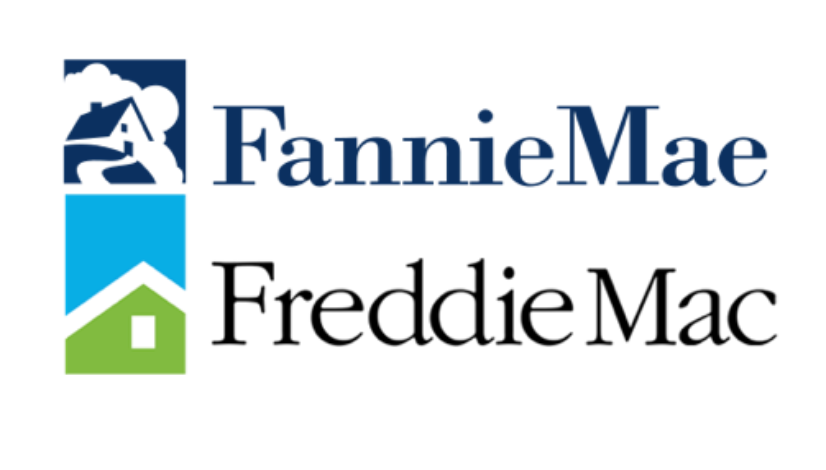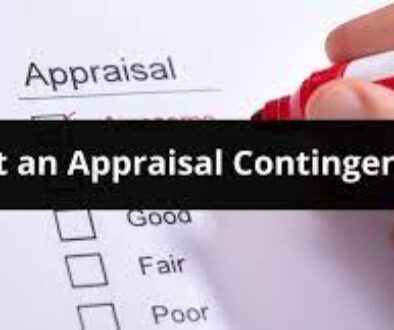Fannie Mae Vs Freddie Mac
Fannie Mae vs Freddie Mac
If you’re familiar with the mortgage lending process, you’ve probably heard about Fannie Mae and Freddie Mac. Both Fannie Mae and Freddie Mac are home mortgage companies created by the U.S. Congress. Both federally backed institutions provide liquidity, stability and affordability to the mortgage market by offering ready access to funds and guarantees to thousands of banks, savings and loans, and mortgage companies across the country.
While there are many similarities between Fannie Mae and Freddie Mac, there are also some significant differences. We’ll break these two enterprises down even further and give in-depth information about the similarities and differences between Fannie Mae and Freddie Mac.
Similarities Between Freddie Mac And Fannie Mae
Both Fannie Mae and Freddie Mac are nationally recognized, federally backed mortgage institutions committed to providing the U.S. housing market with liquidity, stability and affordability. This mission for both government sponsored enterprises, or GSEs, is crucial to the nation’s housing finance system.
Functions
Fannie Mae and Freddie Mac both compete on the secondary mortgage market as mortgage investors. They serve mortgage markets and provide liquidity to mortgage lenders by purchasing mortgages from lenders and then repackaging those mortgages into mortgage backed securities for sale to investors on the secondary mortgage market.
Freddie Mac and Fannie Mae’s practice of purchasing mortgage loans is beneficial to mortgage markets for two main reasons. First, purchases made by each enterprise help ensure that home buyers and investors who purchase property have a steady and stable supply of mortgage money. If the banks and non-bank lenders that originate mortgages were not able to sell them to Fannie Mae and Freddie Mac, they would not be able to continue to write loans.
Benefits The Secondary Mortgage Market
Second, Fannie Mae and Freddie Mac expand the pool of funds available for housing by attracting new secondary mortgage market investors through offering packaged mortgage-backed securities and guaranteeing the timely payment of principles and interests on the underlying mortgages. This makes secondary mortgage markets more liquid and lowers interest rates paid by mortgage borrowers.
Histories
Though both enterprises are better known by their nicknames, Fannie Mae and Freddie Mac have more official titles: Fannie Mae is the Federal National Mortgage Association (FNMA) and Freddie Mac is the Federal Home Loan Mortgage Corporation (FMCC).
Fannie Mae
Fannie Mae was created in 1939 to combat the lack of affordable housing during the Great Depression. It helped provide continuous and steady funding for housing and introduced a new type of mortgage to the market: the long-term, fixed rate loan with an option to refinance at any time.
In 1954, Fannie Mae adopted a private-public mixed ownership hybrid structure, under the Federal National Mortgage Association Charter Act.
For years, Fannie Mae was the primary buyer and seller of federally backed mortgages in the country until it was privatised by the U.S. government in 1968, making it a shareholder-owned company funded entirely with private capital. Two years after this, Fannie Mae was approved to buy conventional mortgages in addition to Federal Housing Administration (FHA) and Department of Veterans Affairs (VA) loans.
Fannie Mae also became even less popular in 1970 when Congress created Freddie Mac to compete with Fannie Mae.
Freddie Mac
Freddie Mac was created under the Emergency Home Finance Act with the purpose of expanding the secondary mortgage market and reducing interest rate risk for banks.
In 1989, Freddie Mac evolved into a shareholder-owned company as part of the Financial Institutions Reform, Recovery, and Enforcement Act.
By playing a key role in the mortgage markets, both Fannie Mae and Freddie Mac have experience causing and responding to recent national crises.
The Subprime Mortgage Crisis And The Housing Market Crash Of 2008
The expansion of Fannie Mae’s and Freddie Mac’s mission led to the subprime mortgage crisis and significantly contributed to the 2008 financial crisis. The subprime mortgage crisis, which occurred between 2007 and 2010, was triggered by a major decline in home prices after the collapse of the housing bubble.
To resolve this issue, which resulted in numerous foreclosures, mortgage delinquencies and devaluations of housing-related securities, both GSEs were approved to receive bailout funds from the government to help stabilise the economy.
Ever since the enterprises took on this debt, they were put in conservatorship and held by the Federal Housing Finance Agency, who also created a preferred stock plan to take back control of the GSEs.
Both Fannie Mae and Freddie Mac saved the housing market crash. By 2009, Fannie Mae, Freddie Mac and FHLB financed 90% of new mortgages. This number was more than double their market share before the 2008 crisis.
Differences Between Freddie Mac And Fannie Mae
While there are many similarities between both mortgage enterprises, there are some key distinctions between Fannie Mae and Freddie Mac. Let’s take a closer look.
Mortgage Sourcing
The primary difference between Freddie Mac and Fannie Mae is the types of lender they source their mortgages from. Fannie Mae buys mortgages from larger, commercial banks, while Freddie Mac buys them from much smaller banks.
Intended Purpose
As you can remember from both enterprises’ history, there are important differences about Fannie Mae and Freddie Mac’s original creation and purpose. Congress created Fannie Mae first to provide accessible funding and more affordable housing. Freddie Mac, alternatively, started as a public enterprise to further expand the secondary mortgage market.
Approval Guidelines
All loans backed by Fannie Mae and Freddie Mac are typically conventional loans which are not insured by the government. Though they are referred to as “conventional” or conforming loans, there are differences in the companies’ guidelines, especially when it comes to mortgage approval and assessing a potential borrower’s financial profile, which can include their credit history, debt levels and current income. It is rare, but it can be possible for a borrower to get approved by one enterprise and not the other.
Lending Requirements
Fannie Mae and Freddie Mac also have differences in lending requirements. When it comes to the down payment requirements for their mortgage programs, both have different guidelines about low or minimum down payments.
Loan Programs
The two government-sponsored enterprises differ in the programs they offer as well. Fannie Mae offers the Home Ready loan, in which applicants cannot make more than 80% of the area’s median income. On the other hand, Freddie Mac offers the Home Possible loan which requires that applicants cannot make more than the area’s average income.
The Bottom Line
Now that you’re aware of the similarities and differences between Fannie Mae and Freddie Mac, it’s important to keep these lessons in the back of your mind during the mortgage lending process.
Ask yourself questions about what types of loan requirements you’re looking for, and whether you want your mortgage sourced from a large or small lender. Continue your research and talk to an expert to learn more about your best home loan options.




